Land Of The Pyramids: Discover The Secrets Of Ancient Egypt
Similar Movies
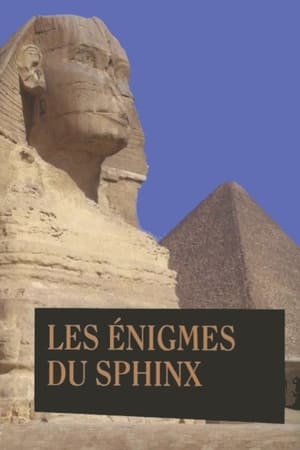 6.0
6.0Riddles of the Sphinx(en)
For over 4000 years, the Sphinx has puzzled all who have laid eyes on it. What is this crouching lion, human-headed creature? Who built it and why? To unlock its secrets, two teams of scientists and sculptors immerse themselves in the world of ancient Egypt — a land of pharaohs and pyramids, animal gods and mummies, sun worship and human sacrifice.
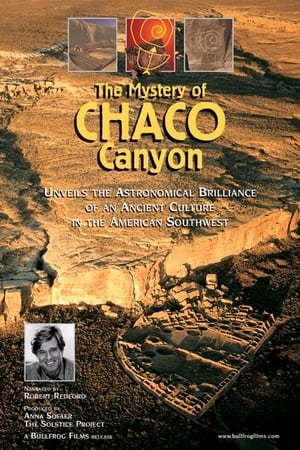 8.0
8.0The Mystery of Chaco Canyon(en)
Chaco Canyon, located in northwest New Mexico, is perhaps the only site in the world constructed in an elaborate pattern that mirrors the yearly cycle of the sun and the 19-year cycle of the moon. How did an ancient civilization, with no known written language, arrange its buildings into a virtual celestial calendar, spanning an area roughly the size of Ireland?
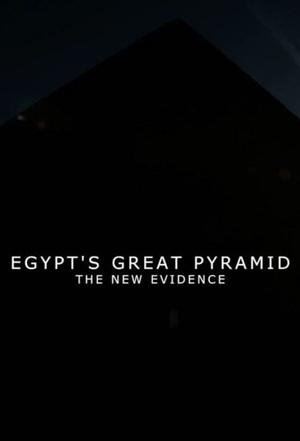 8.0
8.0Egypt's Great Pyramid: The New Evidence(en)
Egypt's Great Pyramid may be humanity's greatest achievement: a skyscraper of stone built without computers or complex machinery. This super-sized tomb has fascinated historians and archaeologists for centuries, but exactly how the ancient Egyptians finished the monument and fitted its two and a half million blocks in a quarter of a century has long remained an enigma. Today the secrets of the pyramid are finally being revealed thanks to a series of new findings. At the foot of the monument, archaeologists are uncovering the last surviving relic of the pharaoh Khufu, whose tomb it is: a huge ceremonial boat buried in flat-pack form for more than 4500 years. It's a clue that points to the important role that ships and water could have played in the pyramids' construction. This documentary follows investigations that reveal how strong the link between pyramids and boats is. It's a story of more than how Egypt built a pyramid: it's about how the pyramid helped build the modern world.
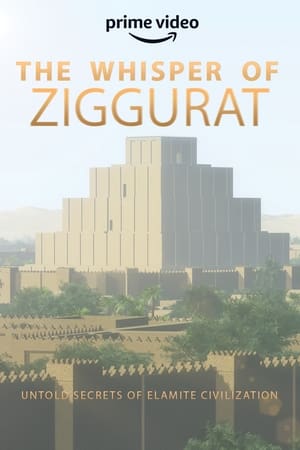 0.0
0.0The Whisper of Ziggurat: Untold Secrets of Elamite Civilization(en)
5000 years ago the ancient Elamites established a glorious civilization that lasted about three millennia. They created marvelous works in architecture and craftsmanship. These works of art depict the lifestyle, thoughts, and beliefs of the Elamites.
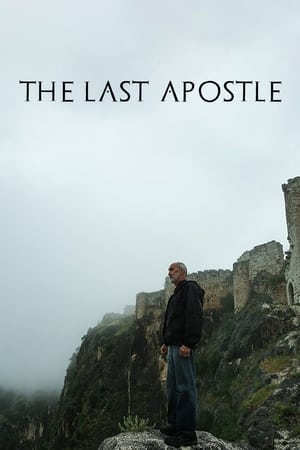 7.0
7.0The Last Apostle: Journies in the Holy Land(en)
Dr. Mark Fairchild, world-renowned archaeologist, traces the hidden years of Saint Paul's life in the mountainous Turkish countryside of Rough Cilicia.
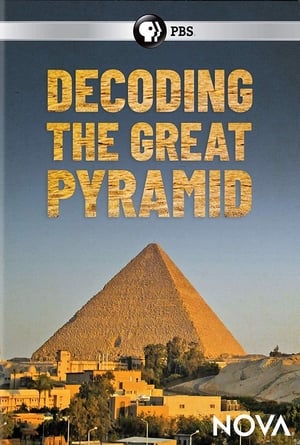 7.3
7.3Decoding the Great Pyramid(en)
Stunning new archaeological evidence provides clues about the Egyptians who built the Great Pyramid of Giza--and how they did it. Join researchers as they delve into the logbook of a work crew and discover how the massive project transformed Egypt.
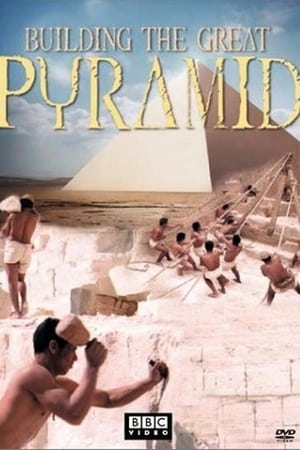 6.0
6.0Pyramid(en)
Of the Seven Wonders of the Ancient World, the Pyramid is the only one to survive. Many believe that even with our 21st-century technology, we could not build anything like it today. Based on the most up-to-date research and the latest archaeological discoveries, here is how the Pyramid came to be.
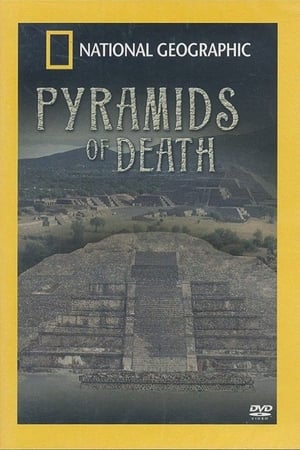 6.8
6.8National Geographic: Pyramids of Death(en)
They are some of the biggest pyramids on the planet, millions of tons of stone and earth towering above the landscape in a display of massive wealth and power. But it wasn't the pharaohs that built these pyramids. This is the majestic ancient city of Teotihuacán, Mexico, home to one of the most powerful civilizations of its time. But why, around 750 AD, did the advanced civilization that created Teotihuacán suddenly vanish? The identities of its founders, the language they spoke and even the original name of the city are all unknown. DNA analysis of bodies from Teotihuacán shows they weren't Mayan, Incan or Aztec, but an entirely different civilization. It was assumed to have been a peaceful, utopian society, but the latest discoveries are revealing a much darker scenario. In the depths of Teotihuacán's pyramids, experts have uncovered vault after vault filled with curious human remains.
 10.0
10.0Decoding Saqqara, The Secret Hieroglyphs of the Pyramids(en)
With Its Myriad Of Mysteries Ancient Egypt Continues To Work Its Spell. The Necropolis Of Saqqara Roughly 30 Kilometers From Cairo Holds One Of Egypt's Most Fascinating Treasures The Pyramid Of Pharaoh Pepi Ii. Few Know Of It As It Is Closed To The Public Yet It Holds The Vastest Collection Of Texts Of All Currently Known Pyramids. For The First Time In 90 Years Teams From The International Archeological Mission In Saqqara Open And Decipher This Wondrous Tomb. How Did The Egyptians Build The Pyramids? Their Walls Are Covered In Hieroglyphs But What Story Do They Tell? How To Crack The Mystery Of Texts That Are Over Four Thousand Years Old? Using Technological Innovations Such As Photogrammetry Endoscopes Hyperspectral Imaging And Ultrahigh Resolution Photography This Documentary Alternates Live Scenes With Staged Interviews To Plunge Us Into Saqqara's History And Offer New Insights Into The Pharaohs' Tombs.
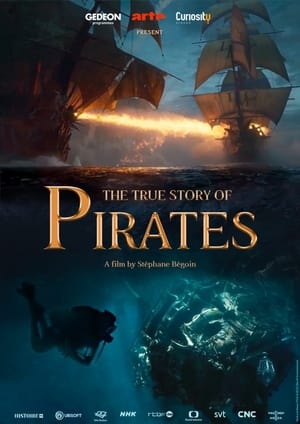 8.0
8.0The True Story of Pirates(fr)
Thanks to new excavations in Mauritius and Madagascar, as well as archival and museum research in France, Spain, England and Canada, a group of international scholars paint a new portrait of the world of piracy in the Indian Ocean.
 6.9
6.9Secrets of the Neanderthals(en)
This documentary delves into the mysteries surrounding the Neanderthals and what their fossil record tells us about their lives and disappearance.
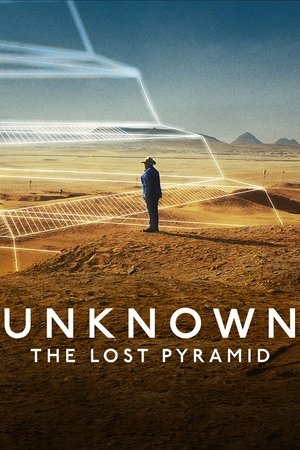 7.4
7.4Unknown: The Lost Pyramid(en)
Egyptian archeologists dig into history, discovering tombs and artifacts over 4,000 years old as they search for a buried pyramid in this documentary.
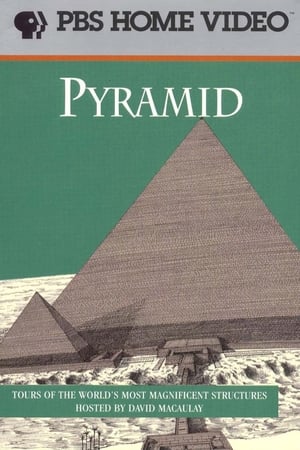 0.0
0.0David Macaulay: Pyramid(en)
How did ancient Egyptians build the Great Pyramid at Giza, joining two million blocks of heavy stone with amazing precision? Who were the leaders who built these enormous structures, and what did these tombs signify? Host David Macaulay explores the history, mythology, and religions of Egypt's people, combining live footage and animation. Take a rare look at the mummy of Ramses II and buried treasure in the sacred Valley of the Kings.
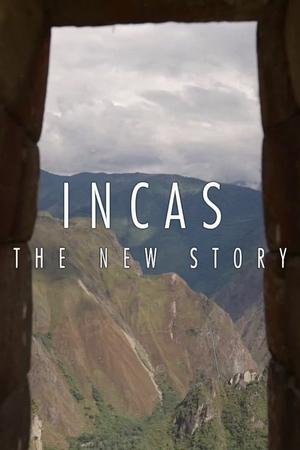 8.6
8.6Incas: The New Story(fr)
Recent discoveries by archaeologists and researchers have shed new light on the Incas, shaking up our presumptions of this fascinating pre-Colombian civilisation.
 6.5
6.5Egypt's Golden Empire(en)
In 1570 B.C., Rome was a marsh, the Acropolis an empty rock, but Egypt was 1,000 years old. The pyramid-builders were gone, yet Egypt still awaited its New Kingdom, an empire forged by conquest and remembered for eons. EGYPT'S GOLDEN EMPIRE comes to life through letters and records evoking the passion and riches of a time when Egypt was the center of the known world, its Pharaohs called gods, and great cities, temples and tombs built.
 10.0
10.0The Colosseum: A Jewel in Rome's Crown(fr)
With more than seven million visitors a year, its massive structure and awesome architecture testify to the genius of ancient Roman building techniques, earning it a place not only among UNESCO's World Heritage sites but as one of the new seven wonders of the world. The Roman Colosseum is an emblem of the power of a bygone empire.
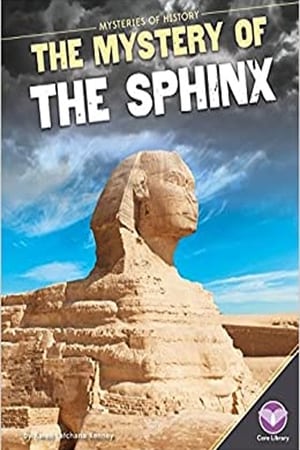 8.0
8.0The Mystery of the Sphinx(en)
Hosted by Charlton Heston, it explores the possibility that the Sphinx maybe older than expected. John Anthony West examines that water erosion on the Sphinx can pre-date it to 10,000 years old?. Other mysteries such as how they moved 200 ton stone blocks to build the pyramids, the secret chambers under the Sphinx and the links to the pyramids that are suggested on Mars.
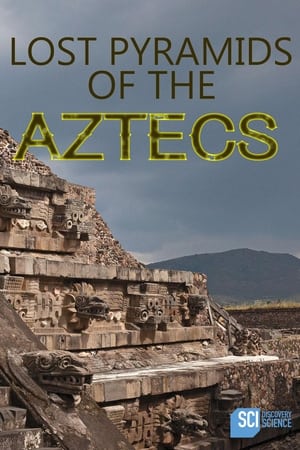 2.0
2.0Lost Pyramids of the Aztecs(en)
For centuries, archaeologists have been trying to understand the Aztec empire and reveal the truth about their origins. Now, new excavations could reveal astonishing secrets about how they lived and what life was like inside one of the greatest empires in history. Where did this group of nomadic people originate from? How did they undertake building their towering pyramids and other ambitious engineering feats using manpower alone? And how was such a powerful empire wiped out after just 200 years of power?
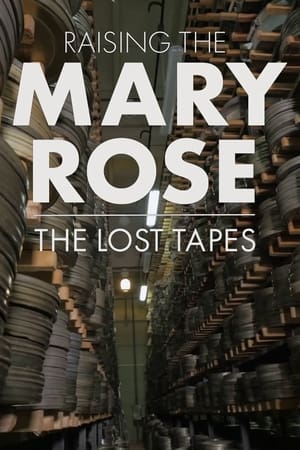 0.0
0.0Raising the Mary Rose: The Lost Tapes(en)
The raising of King Henry VIII’s flagship Mary Rose in 1982 remains one of the most significant events in the history of maritime salvage. Comparable to the recovery of the 17th century Swedish warship Vasa in 1961, the climax of this complex and expensive operation was watched by around 60 million people worldwide. But 300 reels of film recently found in the archive of The Mary Rose Trust provide additional insight into the operation.
